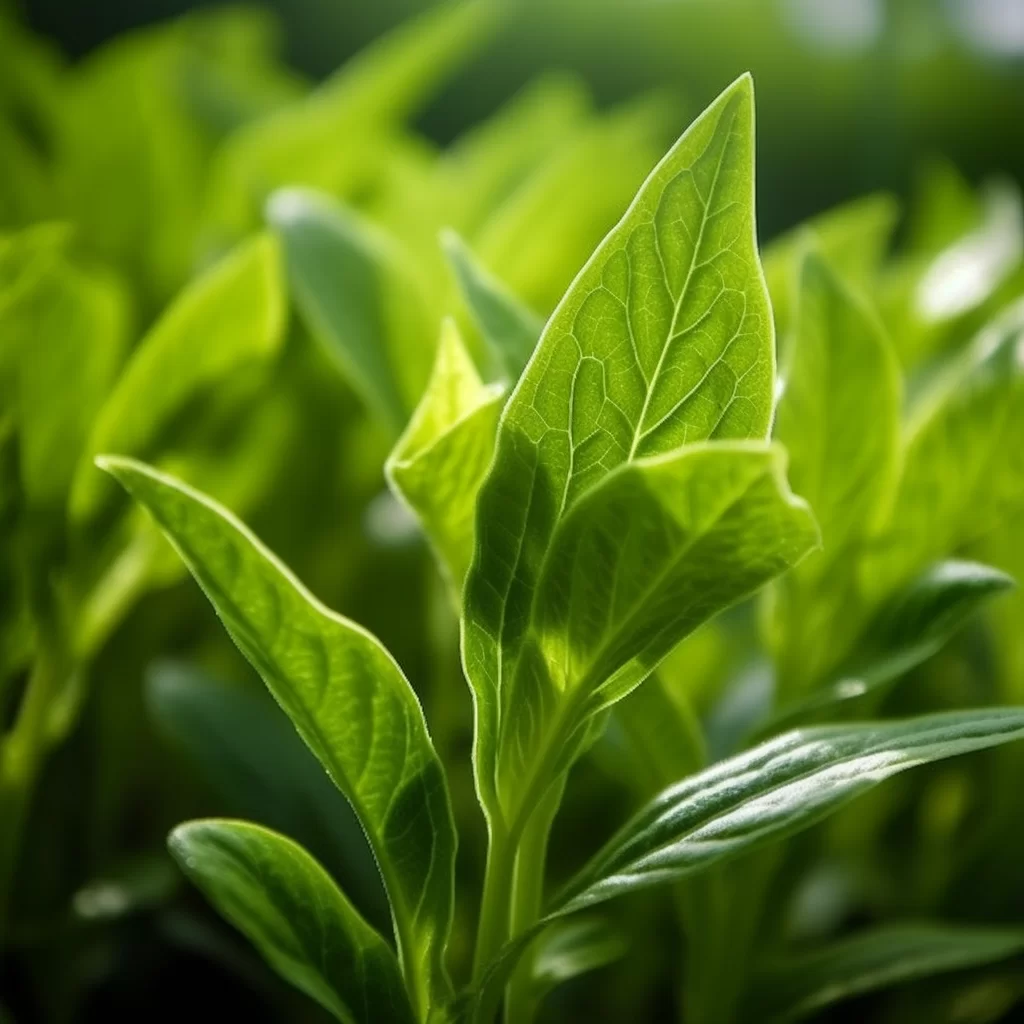Story of Day :
Contents
Beefsteak Plant: Your Complete Guide and Care Tips
If you’re looking for a hearty, versatile plant that can add color and flavor to your garden, look no further than the beefsteak plant.
This leafy green is easy to grow, delicious to eat, and packed with nutrients.
In this guide, we’ll take you through everything you need to know about this popular garden staple.
What is Beefsteak Plant?
The beefsteak plant (Perilla frutescens) is an herbaceous annual that belongs to the mint family.
It’s native to Asia but has since spread throughout other parts of the world including Europe and North America.
The plant has several names such as purple mint or shiso in Japanese.
Growing Conditions

Beefsteak plants are easy-to-grow herbs; they do not demand strict soil requirements or much maintenance attention.
- Sunlight: Beefsteak plants thrive in full sun but can also tolerate partial shade.
- Soil: They prefer fertile well-drained soils rich in organic matter with a pH range of 6-7.
- Temperature: Beefsteaks plants are warm-season crops; they require temperatures between 70-85°F (21-29°C).
Care Tips for Beefsteaks Plants
A well-cared-for beefstake will reward a gardener with beautiful leaves that maintain their color until late fall when the weather cools down.
- Fertilizer:The addition of compost or fertilizer based on nitrogen-rich sources every three weeks during growing season helps maintain its lush foliage till late fall.
- Watering: Beefsteak requires consistent moisture to thrive; watering them once a week is enough.
Inconsistent watering can lead to leaf drop and wilting.
- Pests, Diseases & Weeds: Occasionally the plant might be affected by pests such as spider mites, Japanese beetles, or aphids.
Yellowing leaves might indicate fungal infection or poor drainage.
Persistent weeds around the plant can stunt its growth and affect yield.
Culinary Uses of Beefsteak Plant

The beefsteak plant is a versatile herb known for its unique flavor and aroma that resembles basil with a hint of aniseed.
The rich purple color has made it popular in Asian cuisine as an edible garnish for dishes such as sushi, soups or salads.
- You can use fresh beefsteak leaves in salads with other greens like spinach or arugula to add texture and flavor or infuse dressings with their unique taste.
- Dried leaves are used in various dishes such as stewed meats and sauces due to their strong aroma that enhances the overall flavor profile of the dish they feature in.
The Health Benefits of Beefsteaks Plants
The numerous health benefits make this herb even more desirable for gardeners interested in growing nutritious foods at home without any chemicals intake from pesticides etcetera:

- Beefstake plants are high in vitamin C, which helps boost immunity levels while preventing colds infections during winter months
- Vitamin A content found within beefstake plants aids vision health while promoting healthy skin cell turnover rates reducing chances of premature wrinkles forming on your face over time through exposure to environmental stressors.
- The plant contains several antioxidants such as rosmarinic acid, which helps fight oxidative stress in the body that can lead to disease and illnesses.
.
Conclusion
If you’re looking for a hardy and nutritious addition to your garden, the beefsteak plant is an excellent choice.
With its unique flavor, versatile uses in the kitchen, numerous health benefits and easy-to-grow nature it is a must-have herb for any aspiring gardener.
With proper care tips and growing conditions, you can enjoy delicious homegrown beefsteak plants all year round!